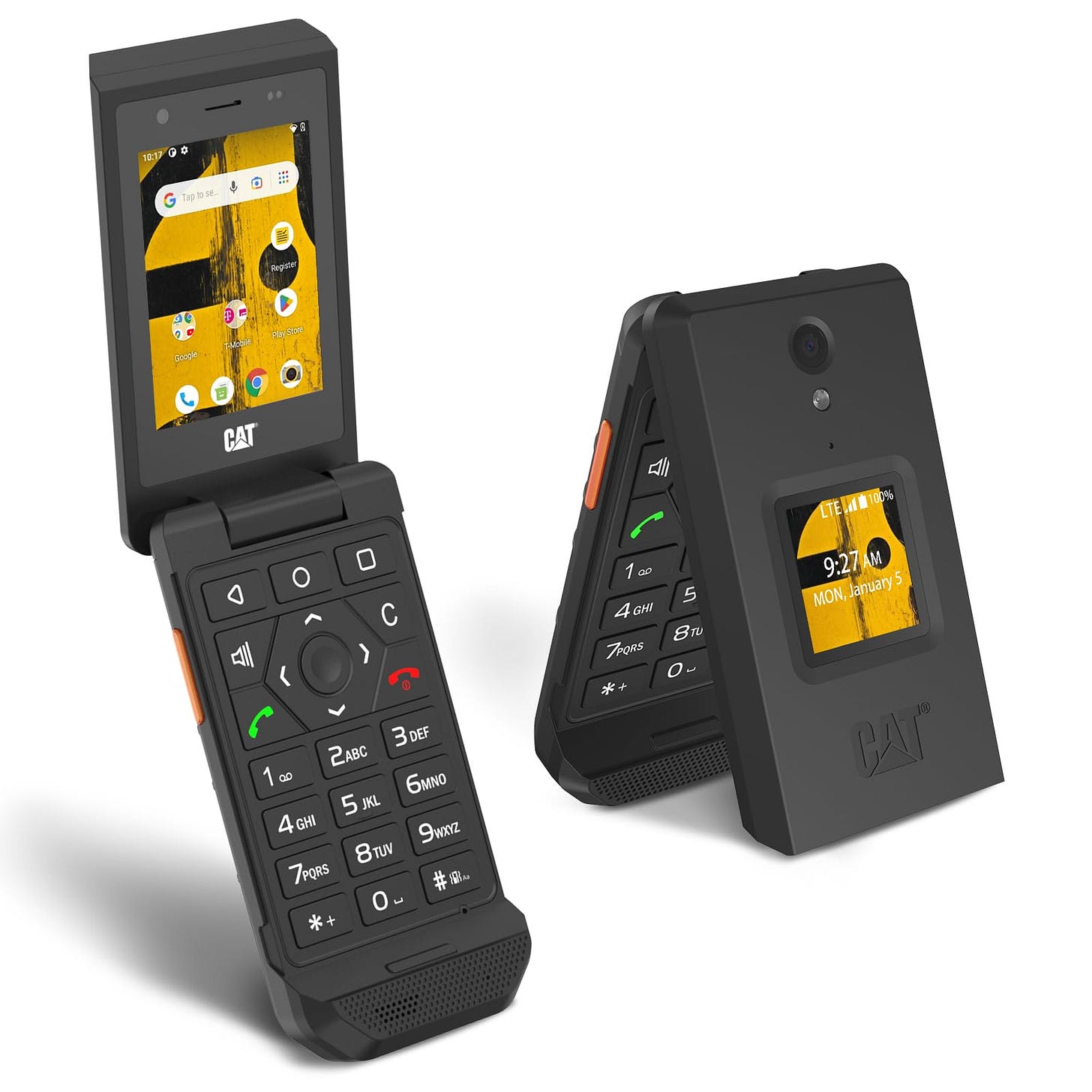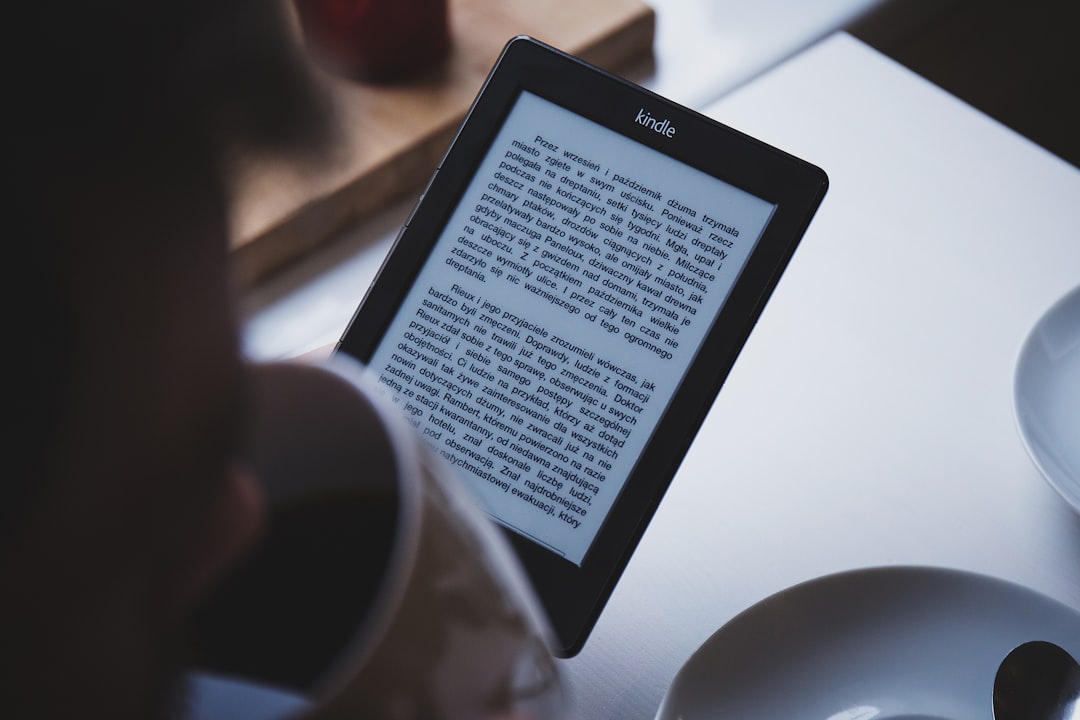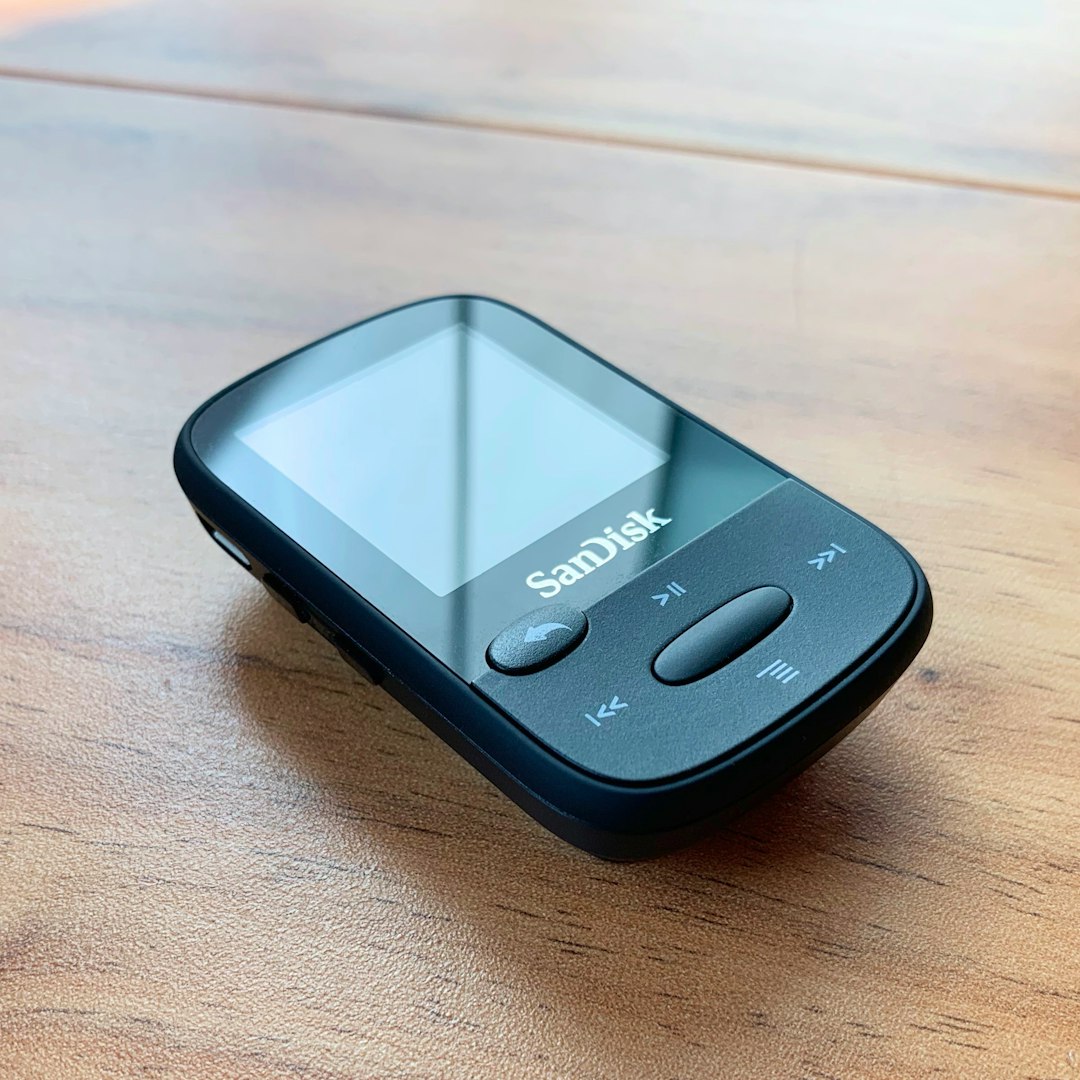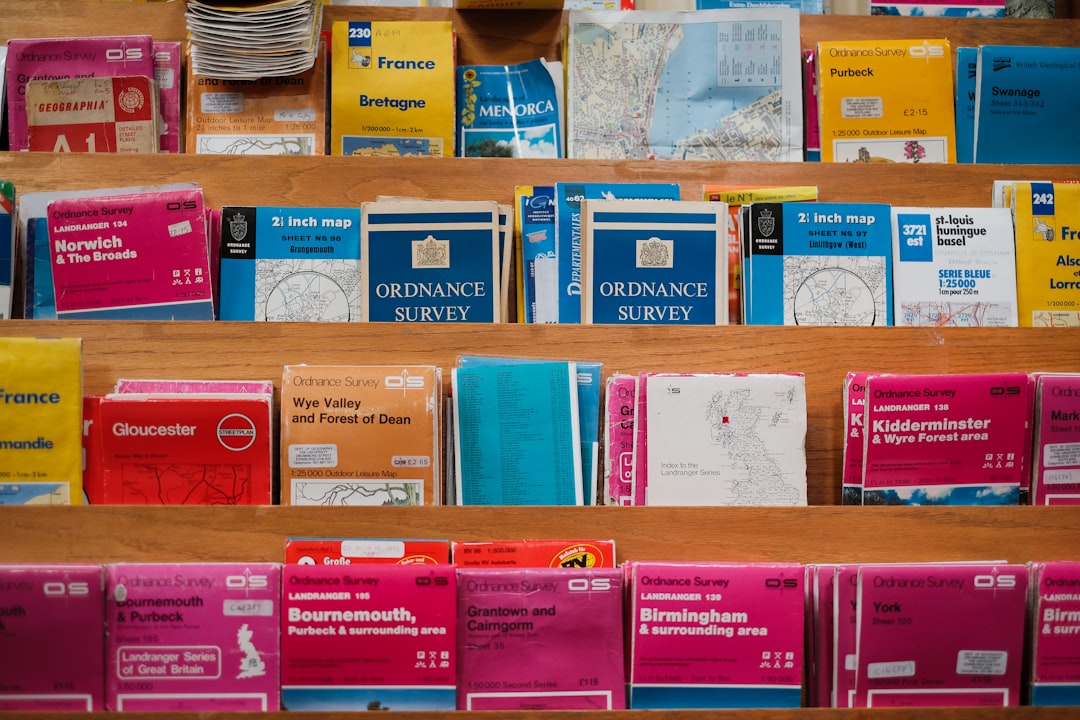A (possible) tactic for resisting the technocracy

When Steve Jobs announced the iPhone on January 9, 2007, he made a point of emphasizing that he was not presenting a phone or an iPod or an internet communication device:
“These are not three separate devices. This is one device.”
One device.
Or, as Brian Merchant put it by adding a definite article to the phrase in his fantastic 2017 book, The One Device. The One Device, which I will call here as a short-hand, TOD. (Coincidentally, this is also my middle name.)
In 2007 — and perhaps still today — the implications of TOD were seen as a feature, not a bug. The iPhone’s ability to do so many things is marketed as a definite plus. It is the one device you need. All other devices will be subsumed within it. Photographs, music, browser, word processing, etc. You don’t even need to bring your wallet around anymore! You can pay with your phone!
Its black screen looks like a kind of black hole and rightly so: it is a gaping maw that will swallow all other possible functions. (Or maybe “swallow” is the wrong word — what about crush?)
As with any monoculture, though, this just isn’t healthy. Human culture flourishes when it is diverse and when it is planted in contexts that encourage diversity. The driver of the iPhone’s desire to be the one thing you need is not benevolent. It’s about maximizing Apple’s capture of your attention. The horrors of ye olde days when one had to swap between the phone and a computer monitor and a sound system and a physical map always meant there was time — sometimes a lot of time — in those interstitial periods for one’s attention to be diverted elsewhere: towards other people, nature, art, the world, and the things of God.
The idea of having one device for all your needs is detrimental to human life. And, at the very least, it’s boring.
With this in mind, I have been experimenting with a small tactic of resistance, one which I suspect is probably not quite adequate to the task of turning the tide against boredom and towards diversity and health.
(Partly, I suspect its inadequacy because this solution as I propose it still involves buying things.1)
Basically, my proposal is to resist “the one device” with many “one devices.” Instead of one incredible, magical artifact capable of giving you everything you could possibly desire, it would involve having several tools capable of doing one or two things only.
This idea can be filed under the category of “resisting efficiency.” As Albert Borgmann writes, “A commodity is truly available when it can be enjoyed as a mere end, unencumbered by means.” Is there any commodity more purely a “mere end” than the smartphone? For Borgmann, insofar as contemporary life can be described as “technological,” its character is one of efficiency and ease.2
By extension, to find one’s way around the negative impacts of technology means actively seeking out difficulty. It means refusing the availability of devices. Full asceticism can be one path for this. But full asceticism is very difficult — a calling, even.
I have been curious to know if there are other paths available.
What are the one devices?
I came to one possible alternative path by first making a list of all the ways I have come to rely upon my smartphone. My hope in doing this was to understand how I might be able to break its multi-faceted functionality apart into discrete streams. I discovered that I had been using it for texting, email, writing, reading, calendars, music, podcasts, etc. I loved finding new apps and felt that, by expanding its capabilities, I was also expanding my own. (This may even have been true at times such as when I found a really excellent app to teach me Chinese characters.)
Yet the cost was too great. I wanted to be on my phone too much. I needed to find an escape route from the tyranny of TOD.
So I abandoned the one, main thing — my beloved phone — and went about attempting to fill the gap it left with several other things — several “one” devices. I’ve included a few of these below in case you are interested in trying something similar.
CAT S22

The first thing that had to go was the phone itself. I wasn’t really sure what to use instead, though. There was obviously the temptation to just do nothing: get rid of the phone and replace it with — nothing at all. Just immediacy (as in the opposite of the mediated experience of the world I typically have when I am accompanied by my smartphone). Sadly, for a number of reasons, this was just impossible. Of course, were there a will, there might in fact be a way, but the will was lacking. Perhaps one day.
My smartphone still needed to be lobotomized. Even this — replacing the smartphone with a dumb one — presented a problem, though. I have come to rely on certain applications for community purposes — Google Chat, Signal, WhatsApp — and, while perhaps this reliance should be reconsidered, their absence with most dumb phones presented an obstacle to making the shift away from the shiny, one device.
Enter an enormous yellow excavator. Well, actually, not an excavator but a small cousin of it: CAT’s smart-ish flip phone called the S22. This has (so far) offered the middle-ground I needed. It is an Android, but the screen is so small (despite its bulky container) and, if you choose to use a T9 keyboard app (as I have), it is so difficult to use, that I find that I mostly don’t use it at all! My screen usage (which the phone is also able to track) has dropped to 30 mins or less, and several of those minutes are actually just listening to a podcast on my commute.
I’m not the only one singing this clunky, ugly, heavy device’s praises. About a week after I picked it up, I came across an article in Maclean’s magazine about it. My kids have a friend who has one too. Seems like the appeal is catching on.
And just what is this appeal? Friction. I am beginning to suspect that the key to the fundamental problem of the smartphone is to insert a little bit of friction into the mix. Making your screen appear in grayscale only also does this.
Technically, because the CAT S22 Flip is an Android, any app is available. I do use Spotify on it, for example. (More on this, below.) Yet, again, because the screen is so small, it’s relatively painful to use any app on it. For that reason, the phone’s other gift is that it opens up the need to use more than just one device. (I know this doesn’t sound like a gift, but bear with me…)
Kindle

I’m just being honest here about my use of the Kindle, but I’m not proud of it. I know real books would be better. I know that feeding the Amazon machine is probably earning me some kind of cosmic invoice somewhere down the line (or should). In my defence, I continue to cultivate a long-term dream of building my own e-reader using Joey Castillo’s awesome DIY plans. One day…
Still, in the meantime, I’m trying to be honest about what I was actually using my phone for. I was actually using it to do a lot of reading — often using the Kindle app. I am grateful to have been gifted a Kindle by some very kind people at one point in my life, and similarly I have actually used it quite a bit.
Other than its affiliations with Amazon and some of the DRM stuff that I don’t really understand, I think the device itself is on the brink of being the kind of thing there should be more of in the world. E-ink is incredible. Its web browser is truly terrible. But it’s pretty good at facilitating a certain kind of reading experience. It’s not the same as the physical book reading experience, and I’m also not saying that it’s as good as that experience, but it has its own advantages.
With the introduction of the Kindle, The One Device (TOD) has now been broken into two.
There are real world implications of this. When I was under the spell of TOD, I might fall back on the couch in our living room after a long day at work, pull out my precious phone (N.B. to be said in Gollum’s voice), and use it for texting, meander about its apps, tap on the Kindle, look at some stuff in there, and then meander onwards to look at some other apps. All of this would occur without me getting up from the couch. All of this would occur without me even lowering my phone.
As soon as the one becomes two, though, the possibility of staying zoned out on my phone radically diminishes. Not only does the smart-but-irritating flip phone actively resist any kind of zoning out, but the need to switch between devices hugely increases the possibility that I just won’t use that other device! Or, if I do, it’ll be intentional.
MP3 player

I have tried to implement this third “one device,” the MP3 player, but I’ll admit that this is one of the places where the CAT’s sort-of-smart character as an Android phone is working against me. Because Spotify is one of the apps on the phone, it is pretty difficult to bring myself to not use it. I had visions of downloading podcasts, burning all my old CDs, downloading LibriVox audiobooks, using obscure, free text-to-speech apps to create robotic-sounding recordings of the Substack newsletters I haven’t read yet…
Such a charming picture in my mind.
I think I’ll have to work up to it. If technology is about ease and availability, then the ease of finding any song I could ever want and thousands (actually millions) of podcast episodes makes Spotify pretty hard to resist.
But it would be pretty cool to listen to my very own mix — a mix that actually took some effort and work to put together. Digitized cassettes or old university lectures salvaged from the Internet Archive. And, if any of those fail to interest, I think that the MP3 player I have also plays FM radio.
Maps

One of the immediate go-to questions that people ask when you propose the idea of splitting up TOD is: “But what about maps!?” How on earth can one hope to get around if one lacks access to the map app?
First: I do have to acknowledge just how awesome and useful Google Maps has been. It’s an incredible resource.
Still, I often think about the fact that London cabbies have to memorize 25,000 city streets and, as a result, their brains are shaped differently than other people’s. Our ability to navigate without GPS is one of the things that makes us human. I would love to get better at just knowing how to get around. The city that I live in makes this somewhat more doable since it’s built on a grid and mostly uses numbered streets. But there is still a lot of opportunity to think about new routes and to get to know places better in general. The new routes could be driven by criteria other than speed or congestion. They could be formulated based on beauty or interest or the presence of an obscure cafe or a cemetery.
Having some more real, paper maps kicking around would be pretty neat too. And something being “pretty neat” seems like it’s also an ok rationale for busting up TOD, I think.
Notebooks

One of the biggest personal challenges I had ditching my smartphone had to do with the writing apps I used on it. I have been writing more over the last year or so and have found that having easy access to the cloud, where all of my writing is stored, and a word processor app where I can add things during spare moments, has helped a lot in terms of keeping me writing consistently.
So the idea of losing this functionality — and, with a T9 keyboard that regularly autocorrects “When” to read “Zygote” and seems to lack the word “Tim” in its dictionary, such functionality is well and truly lost — has been very difficult to figure out.
Fortunately, notebooks are great. I carry a very small notebook that one of my wife’s uncles made. It’s about 16 pages altogether, but tiny enough to fit in my pocket. I use it regularly throughout the day, and it serves basically the same purpose as the Notes app on my phone. I’ve also picked up a few larger notebooks to use on specific purposes. There’s one for these newsletters, one for some of my other writing, one that serves as more of a journal. I find that it’s quite helpful to be able to pull one of these down and know that it has a particular purpose it’s labelled to have.
I was worried about the process of transferring handwritten notes into a digital format, but the transcription effort has mostly just meant that I get to have another revision step in the writing process. Maybe I’ll look into getting a typewriter in the future, but at this point notebooks are great.
The above “one devices” aren’t exhaustive. Although I’m only using my flip phone screen for 30 mins or less, I’ve probably used laptops and desktop computers much more than before. The goal with all of it is to increase intentionality as a way of combatting both technological availability and the spiritual lethargy that accompanies it. It’s not asceticism, which is admirable but so difficult; it’s just friction.
I’ve enjoyed trying it out so far. But, then again, it might just be a thing for me. After all, my middle name isn’t spelt TOD; it’s TODD.3
- That being said, it may be possible to implement this tactic with little or no purchases involved depending on if you could track some of these things secondhand.
↩︎ - L.M. Sacasas has a fantastic essay about Borgmann. ↩︎
- The One Device Disruptor? ↩︎